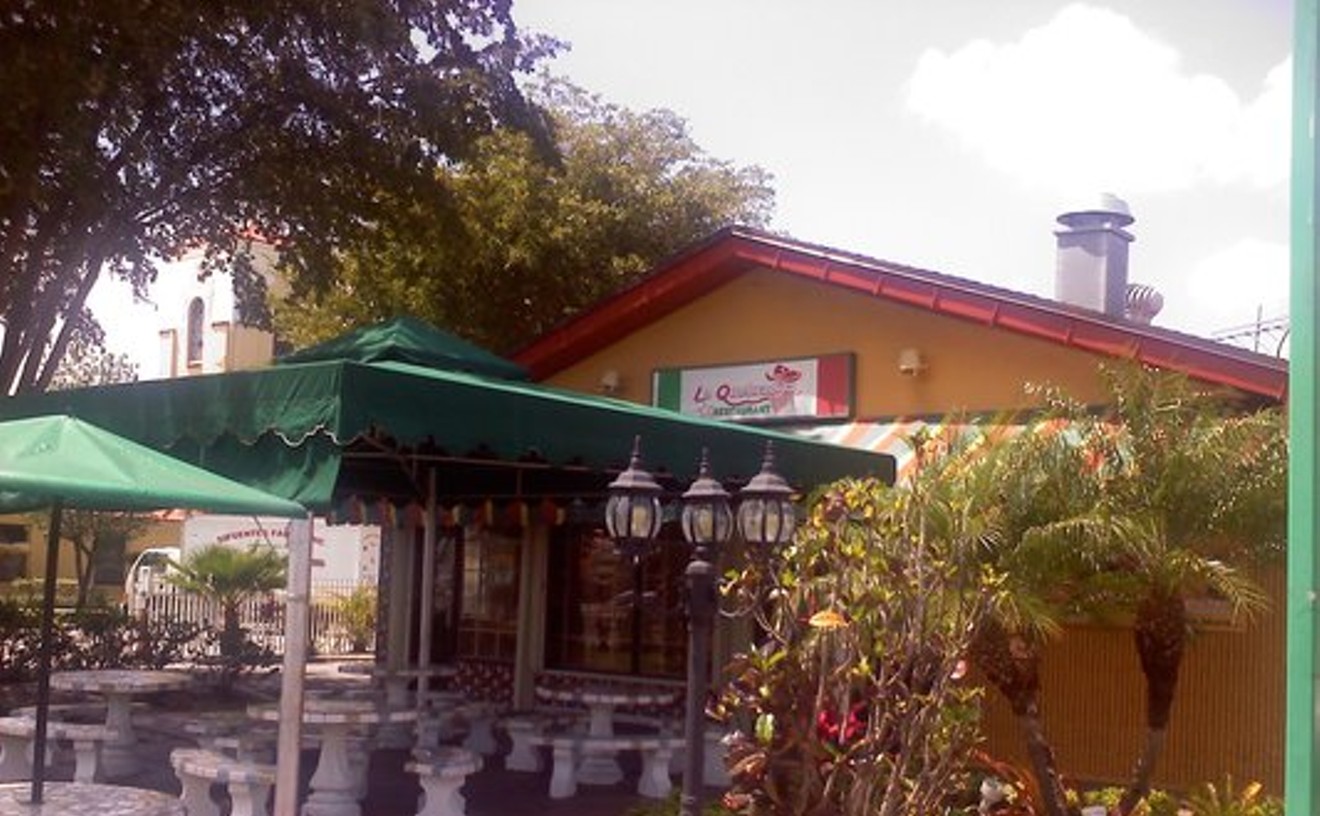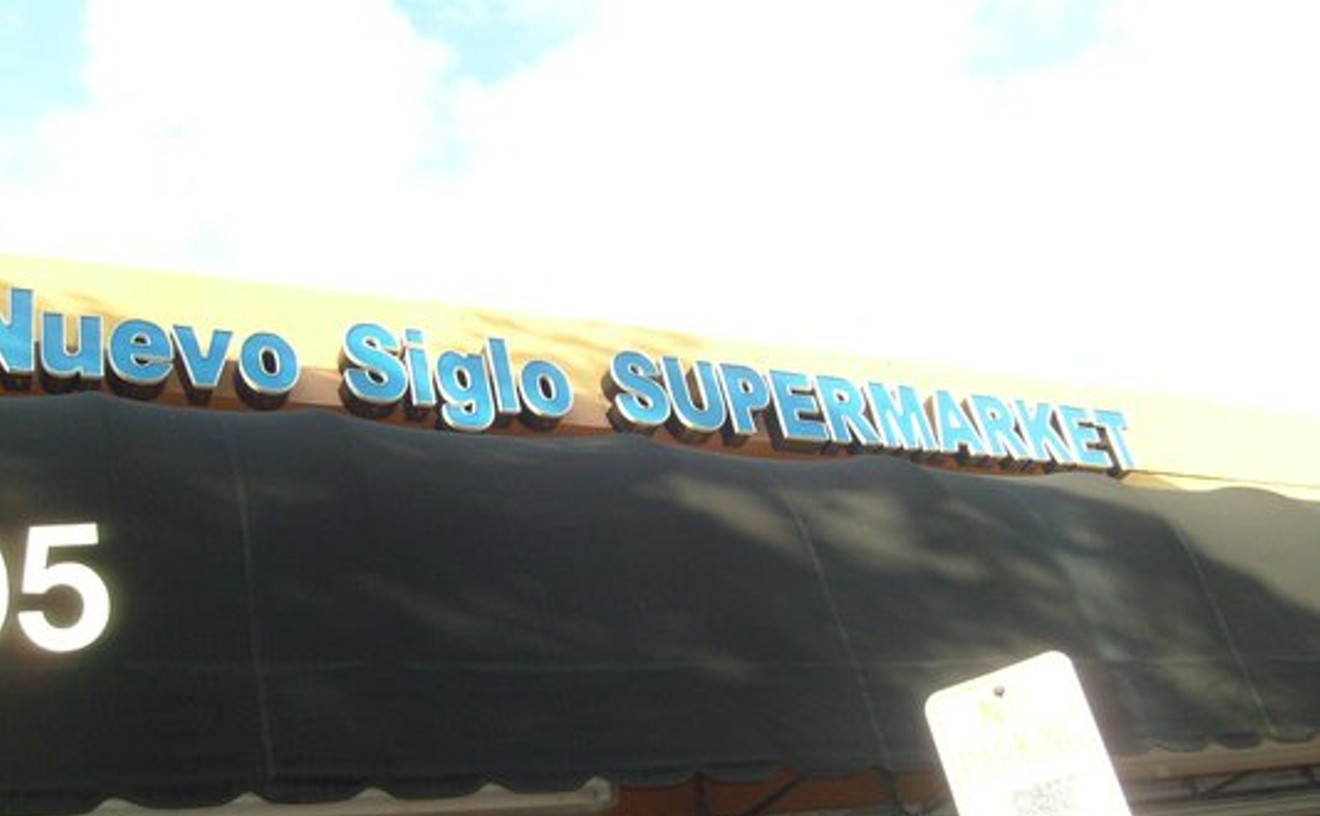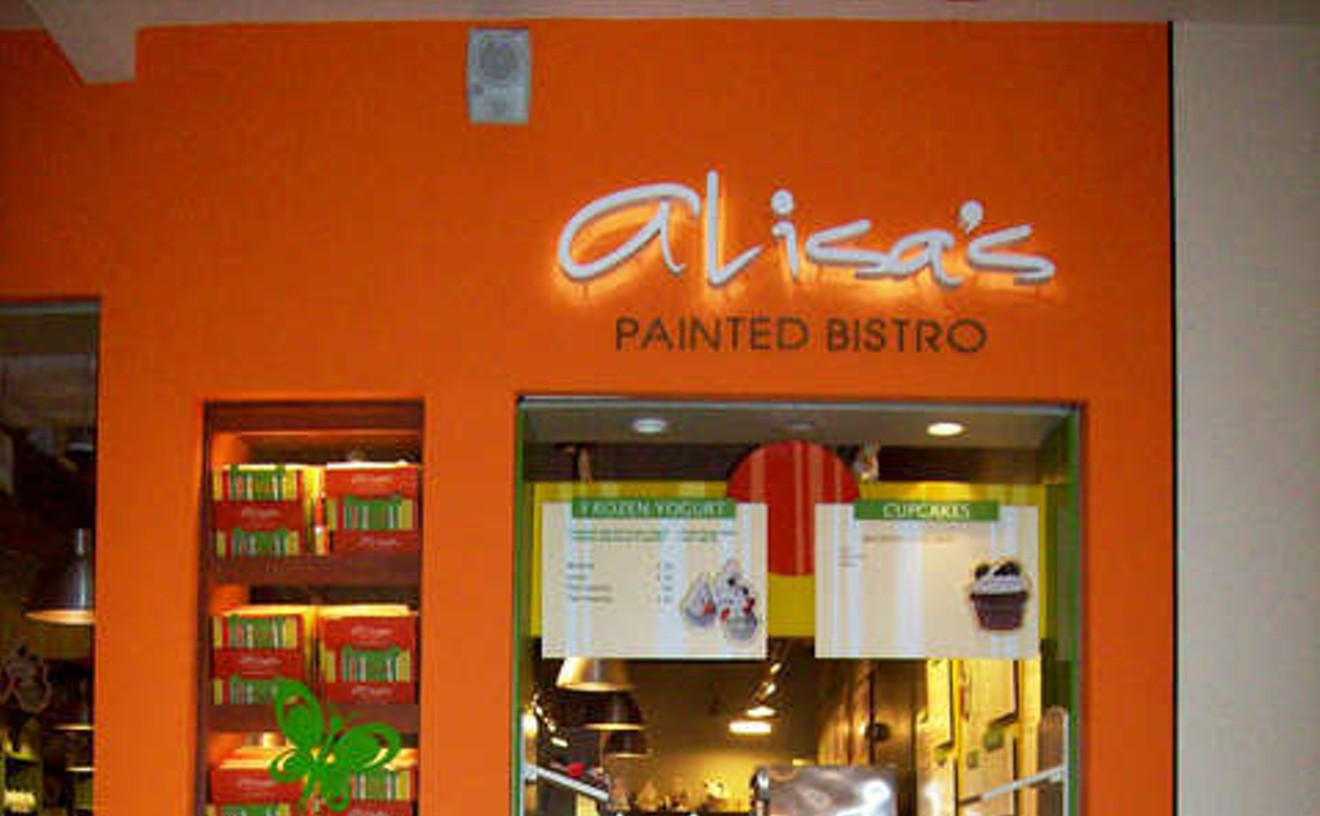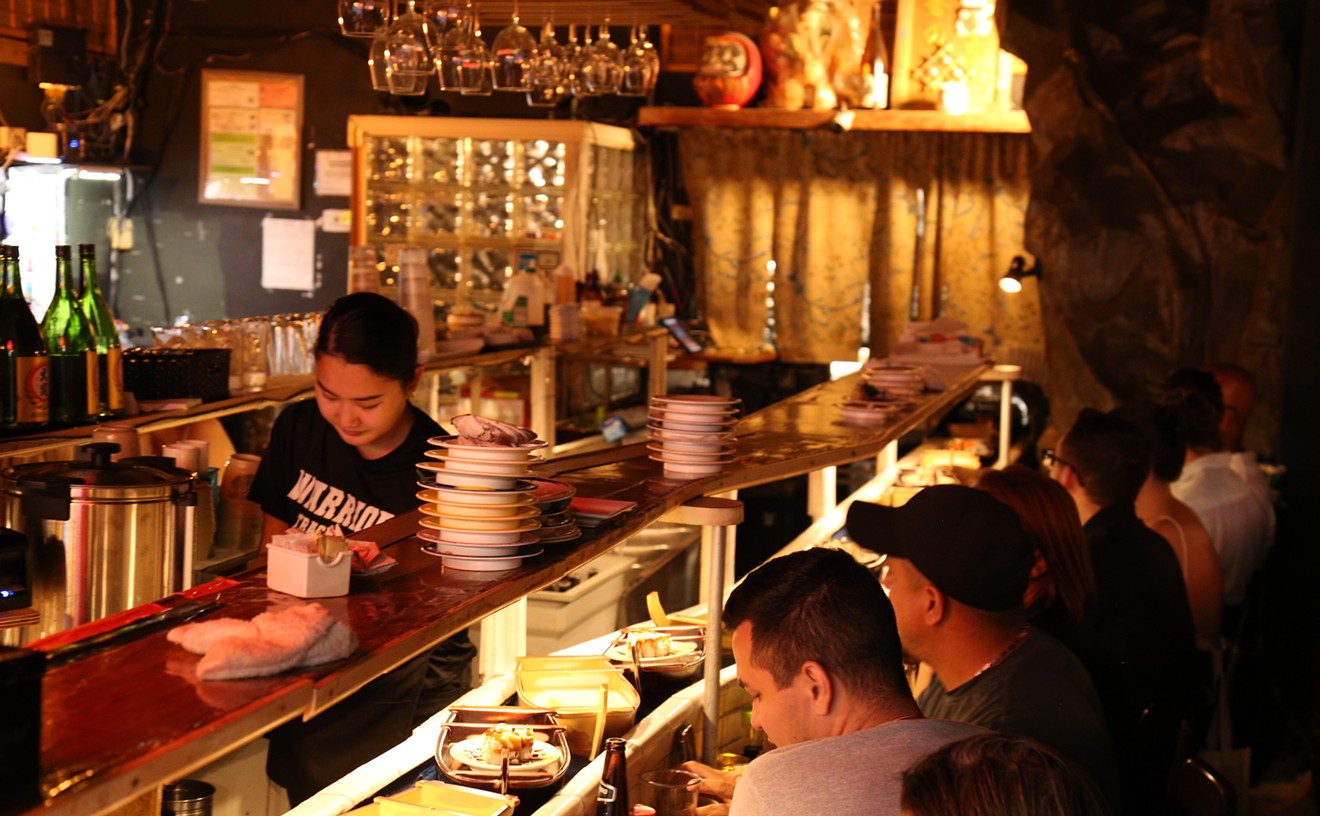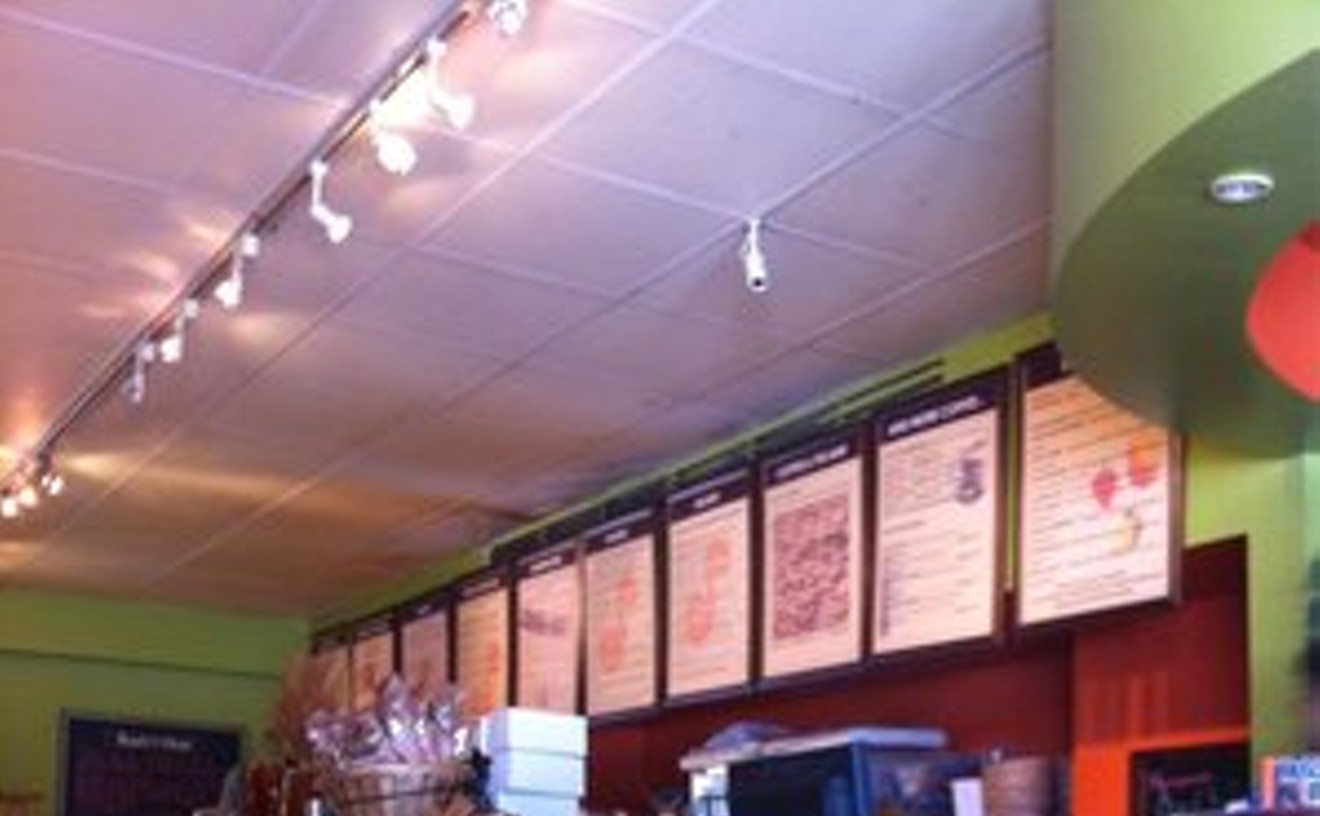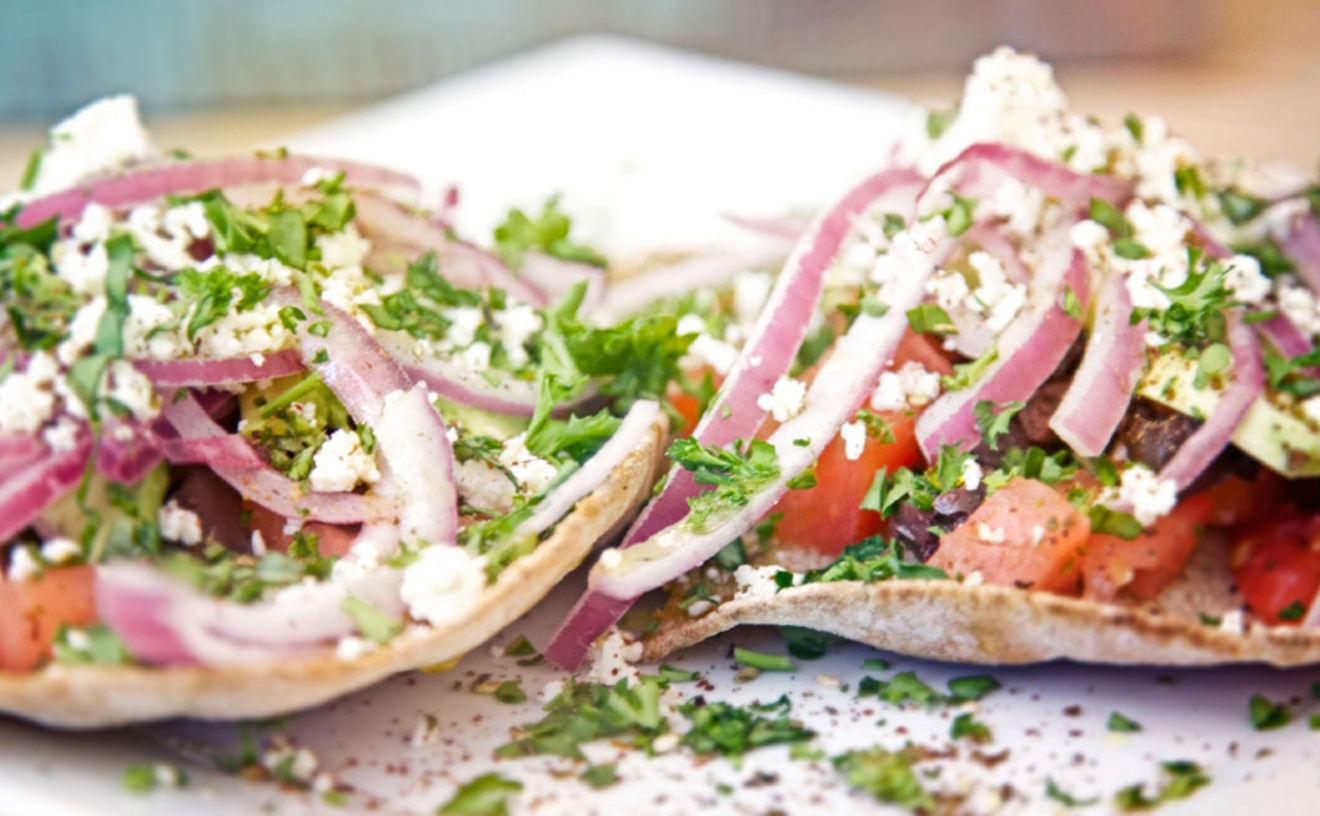"Me want cookie!"
"Okayyy," says the big yellow bird standing in front of the huge glass case. "They have chocolate linzers, vanilla cookies with vanilla cream in the middle and white chocolate on top, black-and-white sandwich cookies draped in white and dark chocolates, lace cookies that will melt in your mouth ..."
"Me want cookie!"
"All right," mumbles the grumpy green trash-can-dweller, breathing heavily and laying a nice coat of steam on the out-of-reach confections. "Over here they have vanilla fingers with strawberry jelly, Chinese cookies, elephant ears, chocolate teardrops."
"Me want cookie!"
"Fine! Here's your damn chocolate chip cookie!"
"Me eat cookie!" growls the big, blue, hairy beast as crumbs tumble from his mouth and off his chest.



